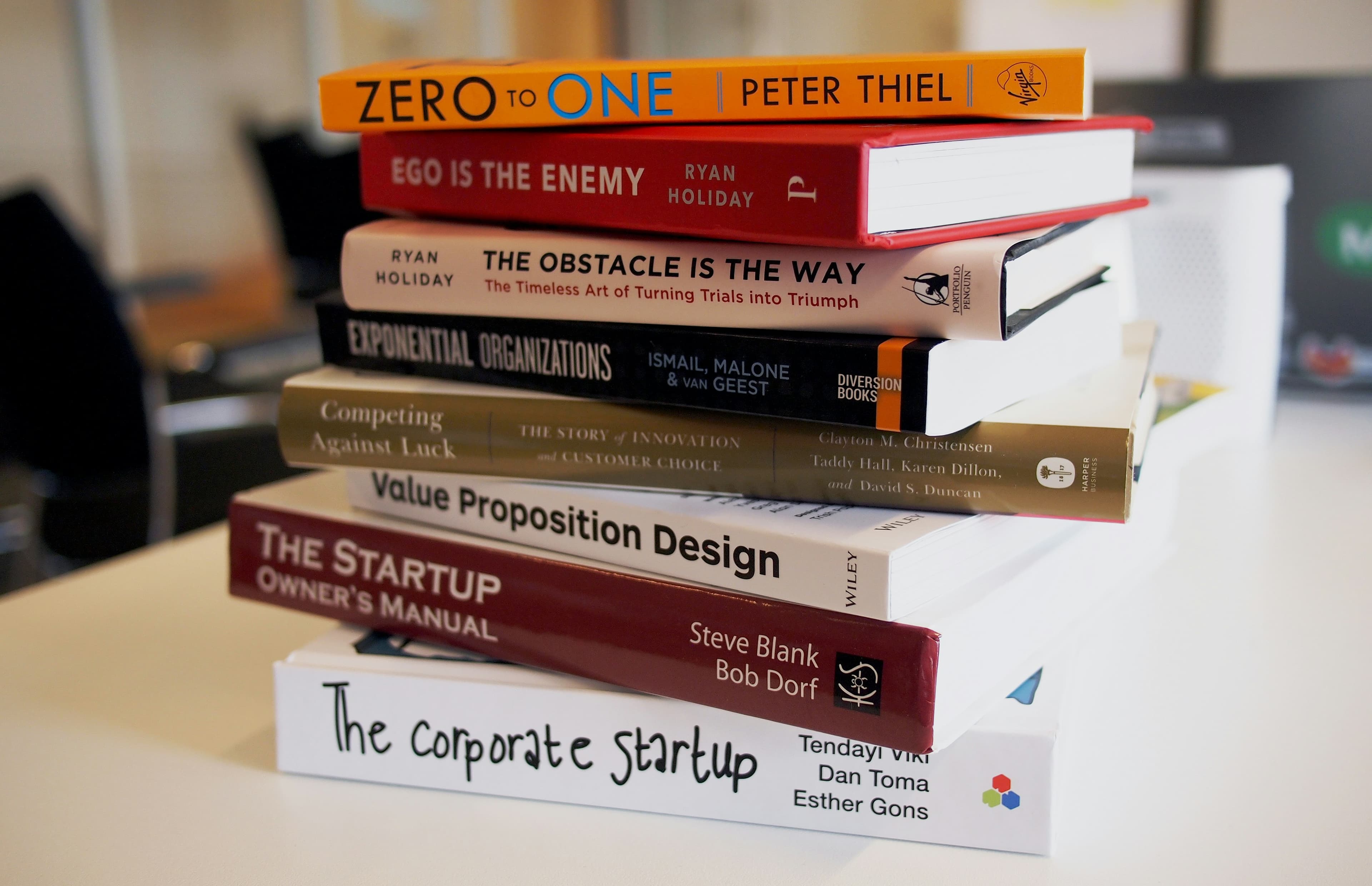Thinking About Startup Funding? Read This First

Before you start polishing your pitch deck and lining up investor meetings, it’s crucial to get your head in the right place. Getting your expectations, your math, and your strategy straight from the beginning can make all the difference when you’re looking for .
Funding Is for Acceleration, Not Creation
Some entrepreneurs see fundraising as a way to get someone else’s money to build their dream. This is especially true for big, capital-intensive , like space exploration or revolutionary healthcare, that simply can't get off the ground without major cash. But for most ventures, that’s a risky proposition for investors, and as you might know from trying to get a bank loan, it's a tough sell.
There’s a better way to think about raising capital: it’s meant to speed up the machine, not build it from scratch. By developing the product first, founders maintain ownership and control. More importantly, you get the chance to build and refine a business model that actually works before you take on outside money. That puts you in a much stronger negotiating position.
From the investor's side, this is also a win. They can confidently put their money into a that already has a proven product. The additional capital simply accelerates milestones and magnifies existing strengths. When you take money from outsiders, you’re also taking on their expectations for hitting specific goals on a set timeline. Having a product on the market with some real data not only helps you secure better terms but also helps you avoid the significant dilution that comes from raising money while you're still figuring things out. Nearly every pivots at some point, so having proof of concept before bringing investors into the mix is just smart.
It’s Harder Than It Looks
If you only read the headlines on TechCrunch, you’d think anyone with a pulse can land a seven-figure funding round. This perception that you can just throw up a crowdfunding page and watch a million dollars roll in is one of the biggest traps for new founders. The reality is that for most startups, it takes a lot of work.
Successful fundraising requires making connections, marketing your vision, and proving both yourself and your product. According to data from Forbes and the Small Business Administration, venture capitalists fund only about 2% of the deals they see. And in the first quarter of 2012, a mere 3% of VC funds went to brand-new startups; the other 97% went to ventures that were already up and running.
This isn't to discourage you, but to prepare you. You don’t need a perfect, finished product, but you do need something. A minimum viable product (MVP) or other forms of testing that show real demand can be enough. Define what convinces that this venture is a go, and you’ll be on your way to convincing investors, too.
Plan for the Long Haul
The savviest founders give themselves an 18- to 24-month runway to raise the capital they need. This doesn’t mean pausing your business. In fact, making continuous progress on development, branding, and sales will strengthen your fundraising efforts. You'll need to blend your business plan with your fundraising plan, breaking down your total capital needs by funding rounds and key business milestones. Key milestones include everything from idea conceptualization and market research to launching an MVP, gaining revenue, and eventually hitting your breakeven point.
Speaking of which, the breakeven point is a massive milestone. Until you reach it, all your income is just burned cash. Once you hit it, you can negotiate from a position of power because you technically don't need another outside dollar. However, as Peter Thiel points out in , savvy investors are focused on the future value of cash flow. If you’re not breaking even, they want to know when you will be and what kind of discount they're getting by now.
What Investors Actually Want
To successfully secure , you need to understand what investors expect. It’s actually pretty simple. At the core, they don’t want two things: to lose money and to be made to look foolish. Every other expectation—from a well-researched business plan to proof of demand—is designed to avoid those two outcomes.
Investors want to see that you're organized, that you have integrity, and that you have a plan for what you don't know. They're looking for market potential, a solid team, and your personal commitment—your “skin in the game.” Remember, you're not selling your product; you're selling an investment in your . This is a key aspect of . The better you understand their goals, fears, and motivations, the easier the process will be.
Tell Your Story and Outperform the Competition
One of the best ways to attract capital is to simply outperform your competition. Find a metric you can dominate—whether it's profit margin, user growth, or social media engagement—and lean into it. This will boost your negotiating strength and might even get you noticed without you having to chase money.
Storytelling is a huge part of this. The greatest entrepreneurs are incredible salespeople who can tell a story that convinces talent and investors to join the journey. Think of how TOMS, Patagonia, and Airbnb built their brands through powerful narratives. Document your journey—how you got here, what problem you’re solving, and why it matters. If you're not a natural storyteller, get help. Smart founders know what they don’t know and aren’t afraid to leverage experts, whether it's mentors, co-founders, or freelancers from a platform like Upwork. Many a began as a through this exact approach.
The Emotional Side of Fundraising
No matter how well you plan, launching a and raising capital is an emotional rollercoaster. You have to be prepared for the highs and lows. Expect the process to take longer than you think, be ready for tough feedback, and be prepared to pivot.
Learning to love rejection is a superpower. Every “no” gets you closer to a “yes.” Often, a “no” just means “not yet.” An investor might say you’re too early or don’t have enough traction. That’s your cue to keep them updated on your progress. If you execute on what you promised, that “no” can easily turn into an investment down the road. Some of the most become full-time businesses because their founders persevered through rejection.
Don’t burn bridges. A great quote to live by is, “Ask for money, get advice. Ask for advice, get money twice.” Nurture every relationship. Send thank-you notes, provide updates on your milestones, and find ways to add value to their network. Raising money is about building relationships first; the capital comes later. And remember, nothing kills a dream faster than running out of cash. Even if you don't think you need it now, having access to capital is crucial for survival. Plan on raising money 24/7, because staying liquid is staying alive.








